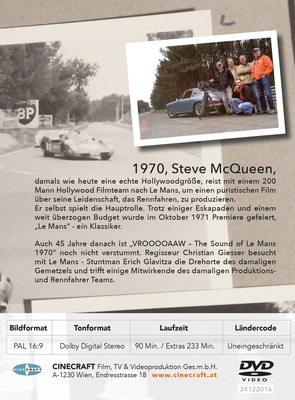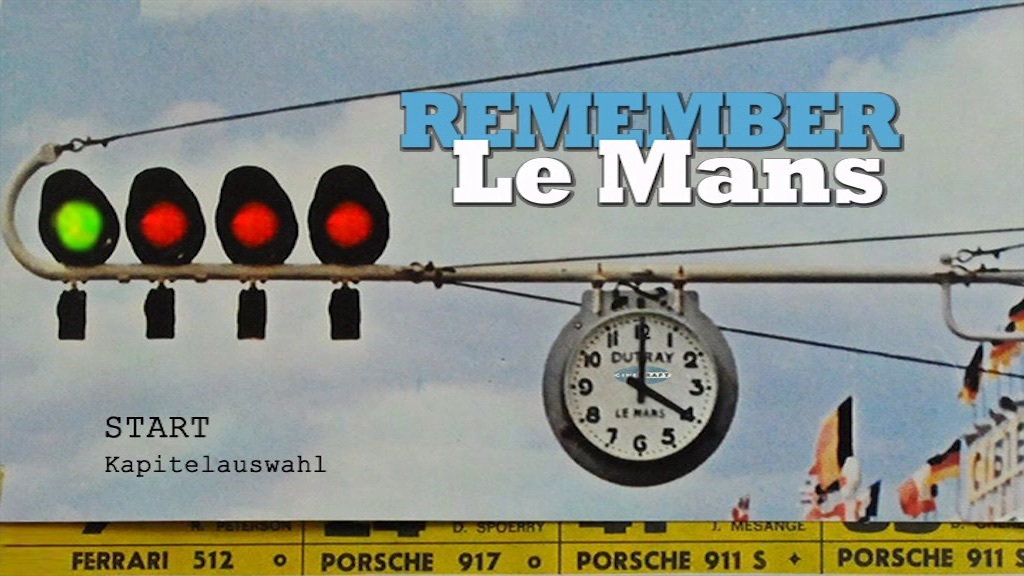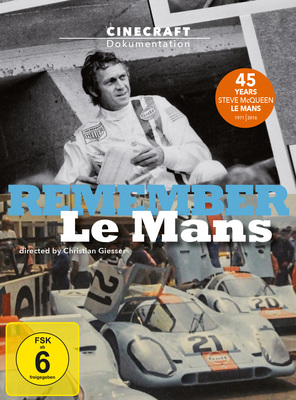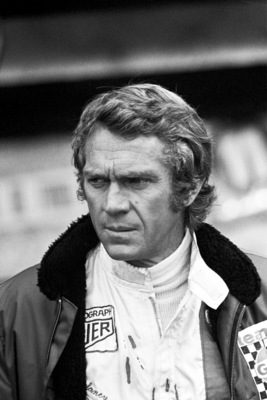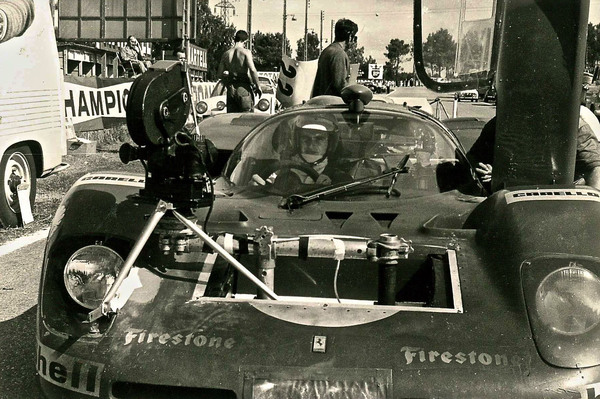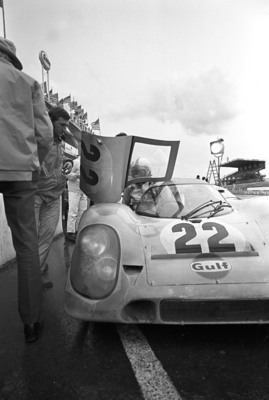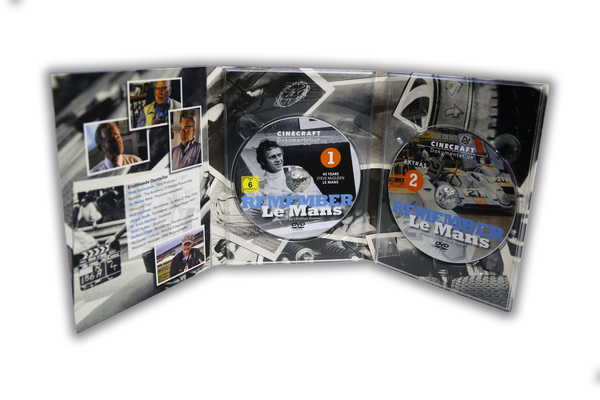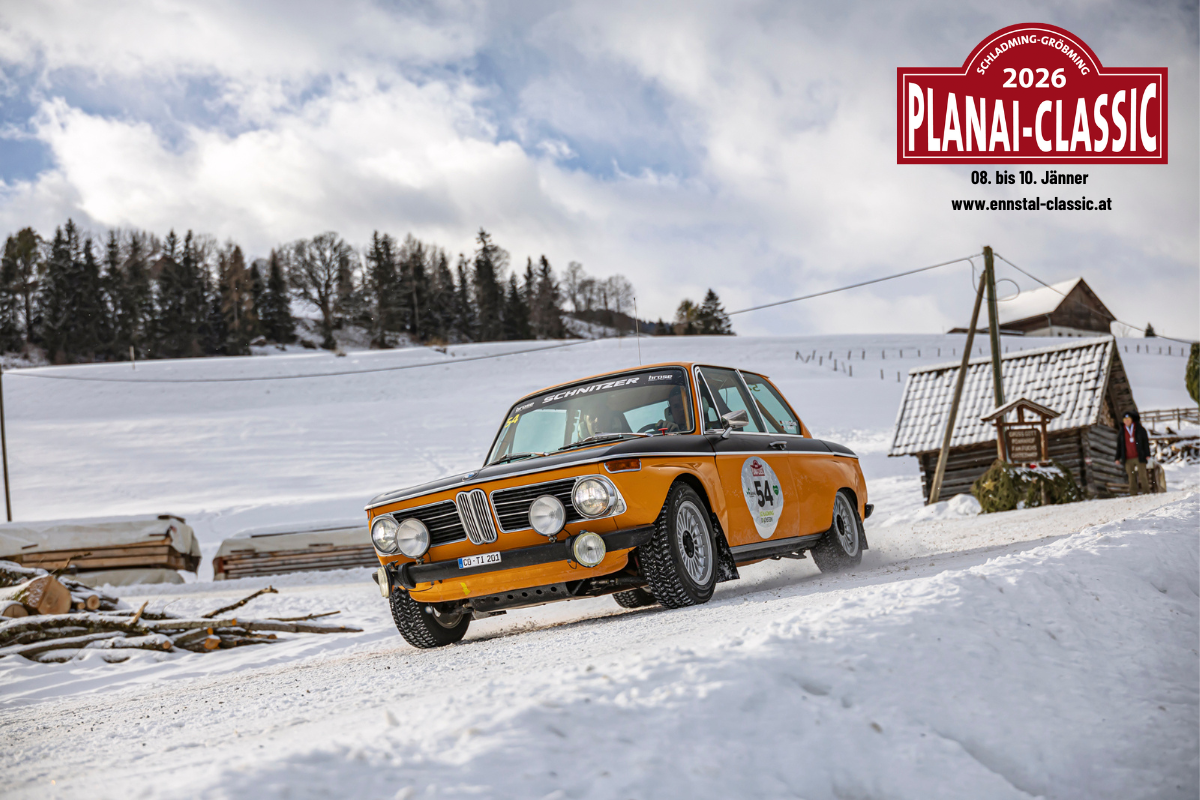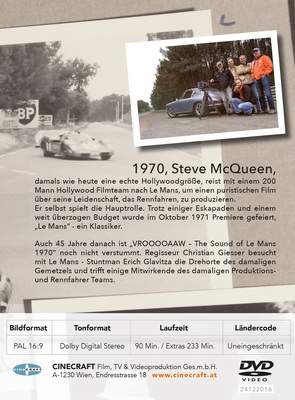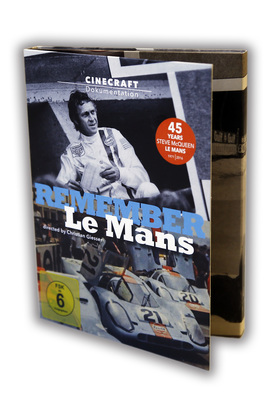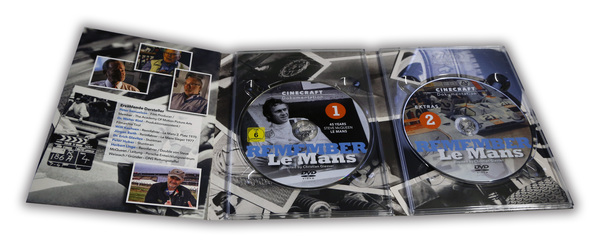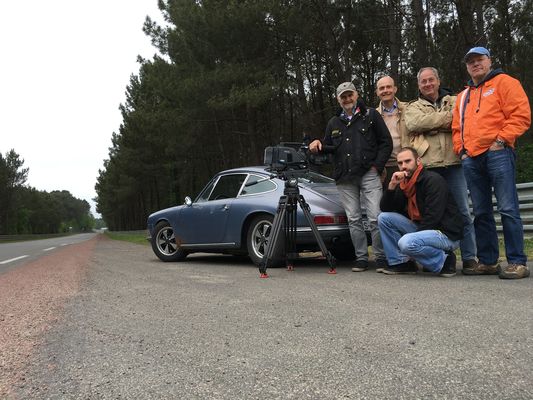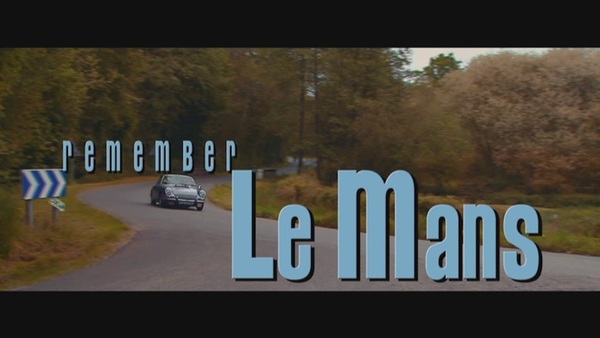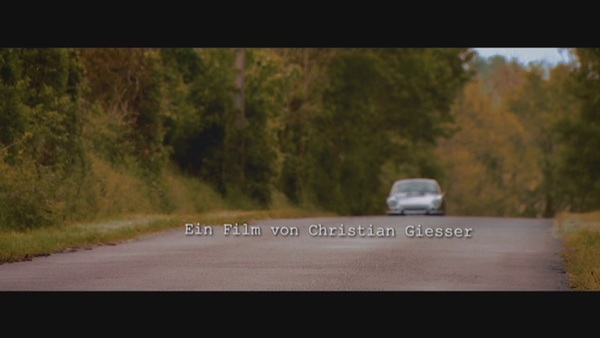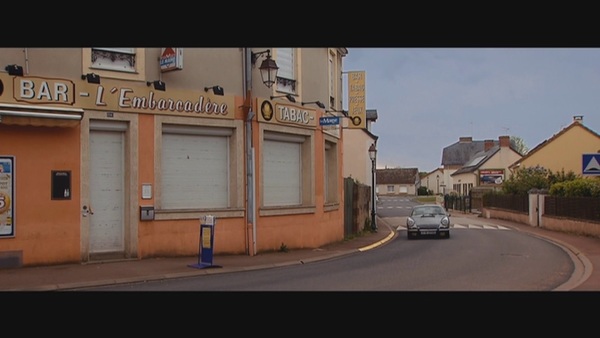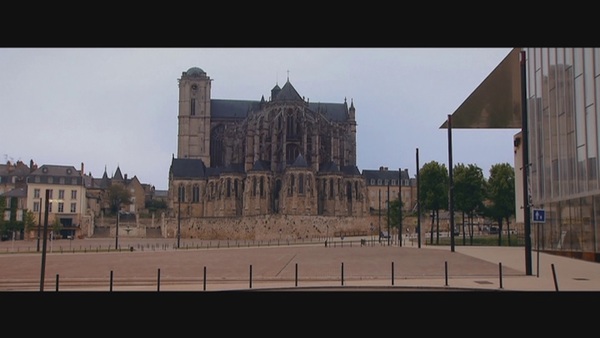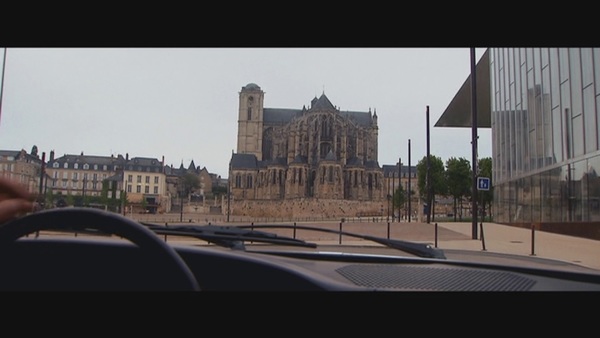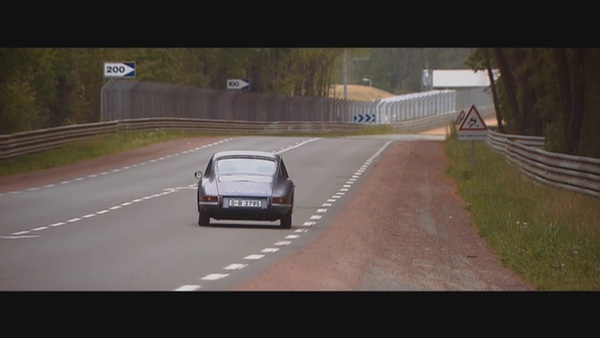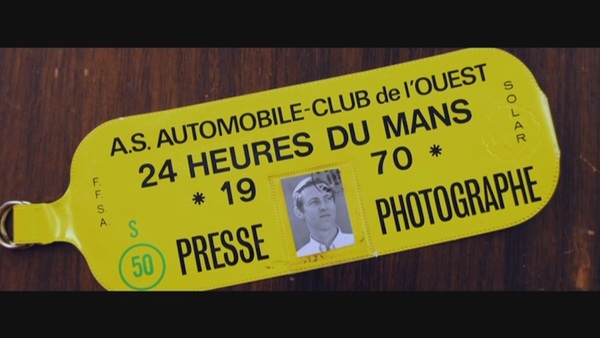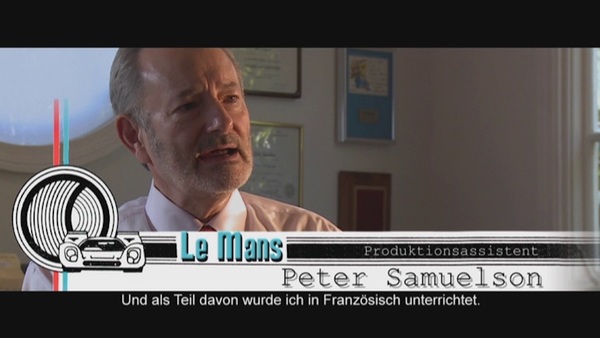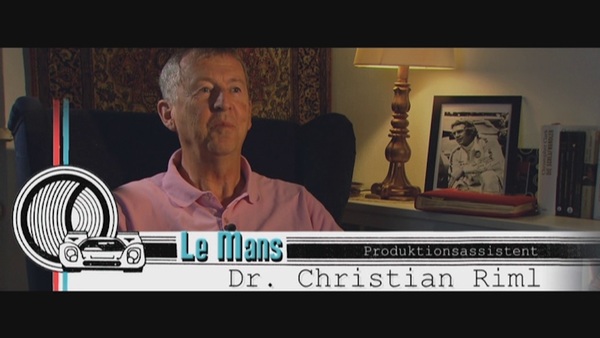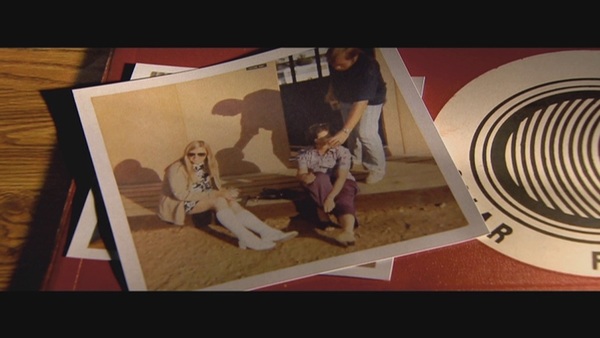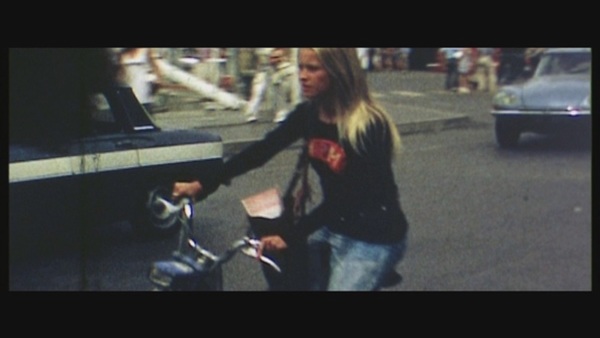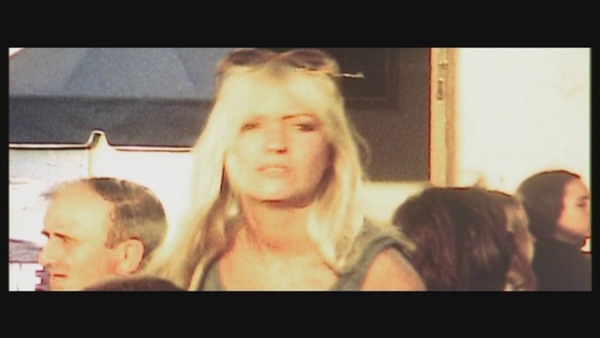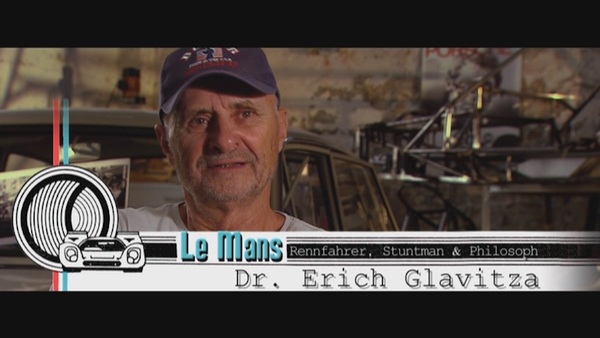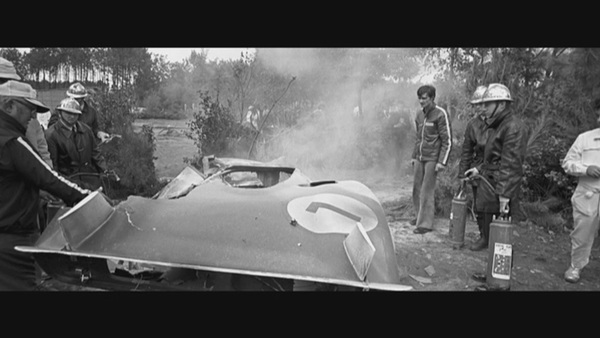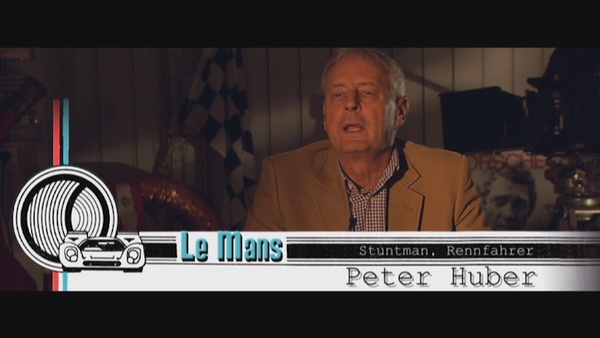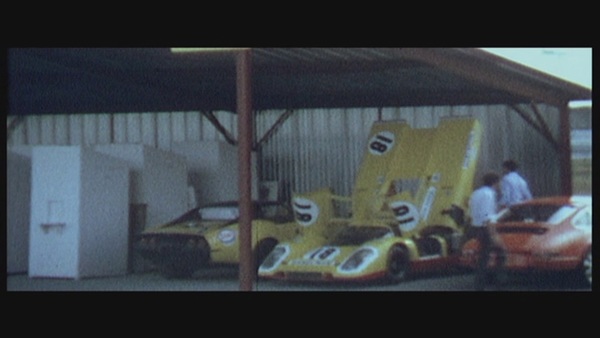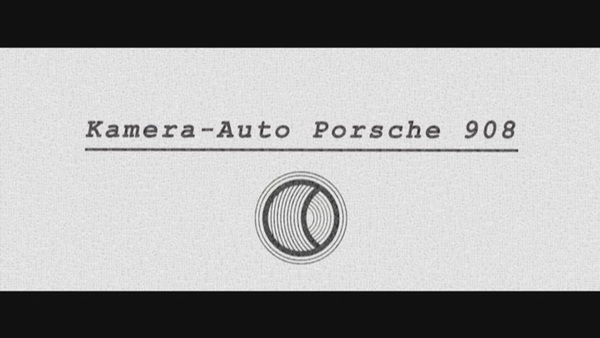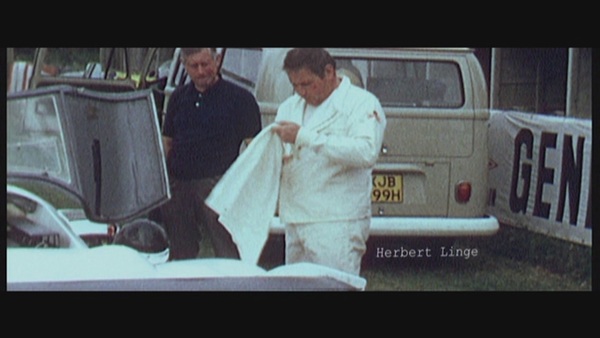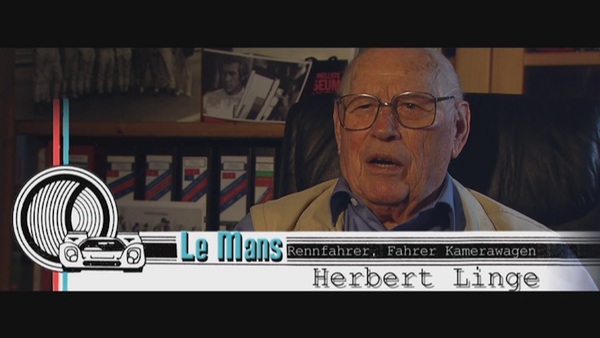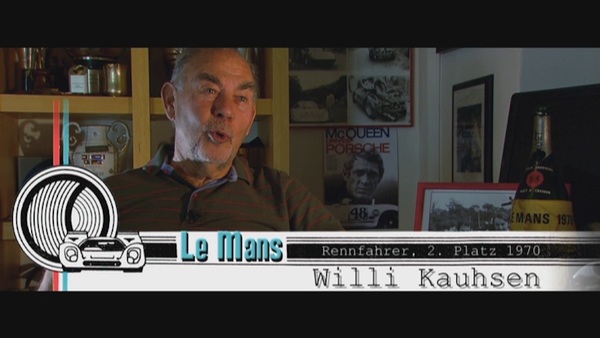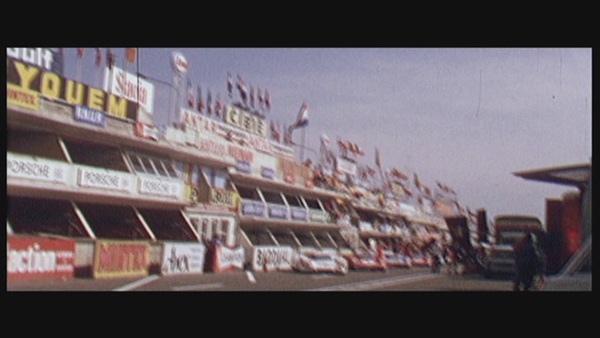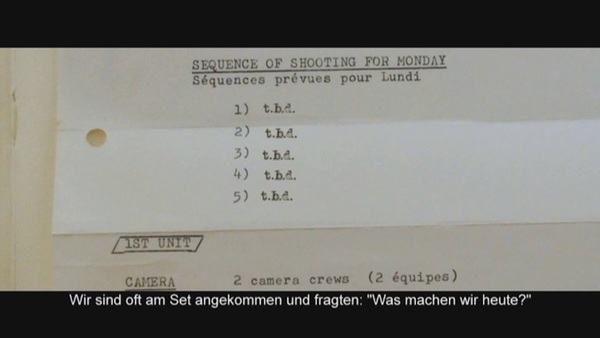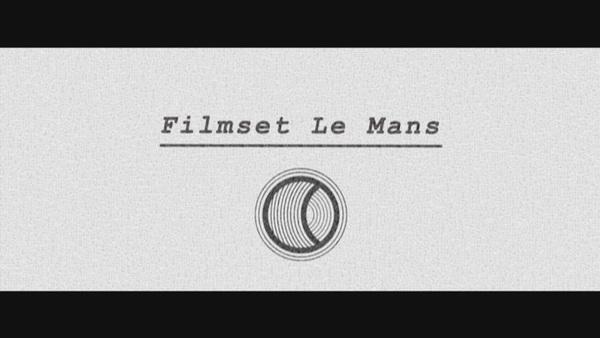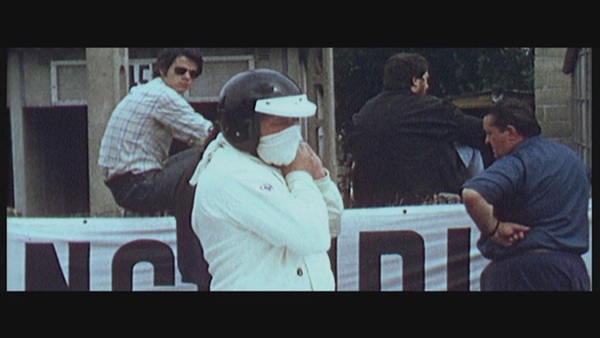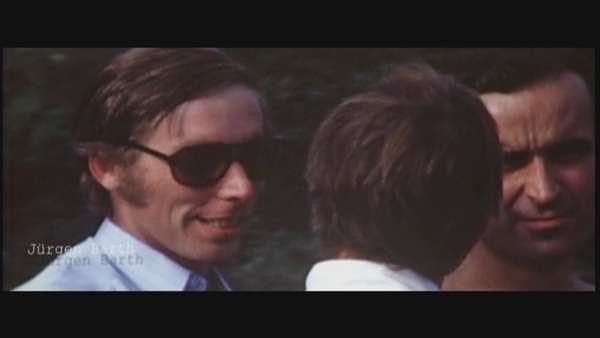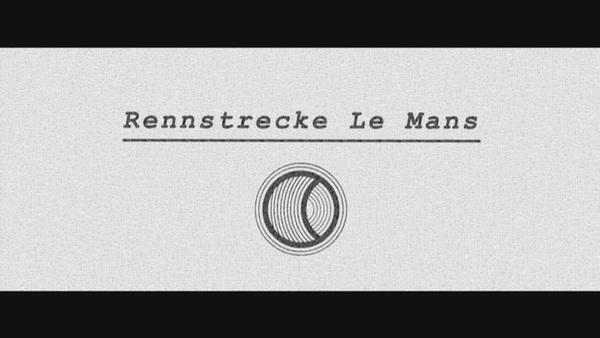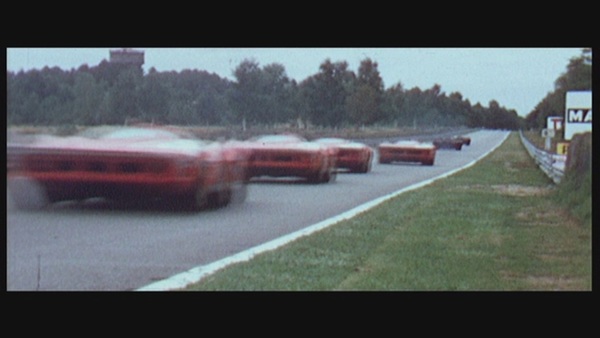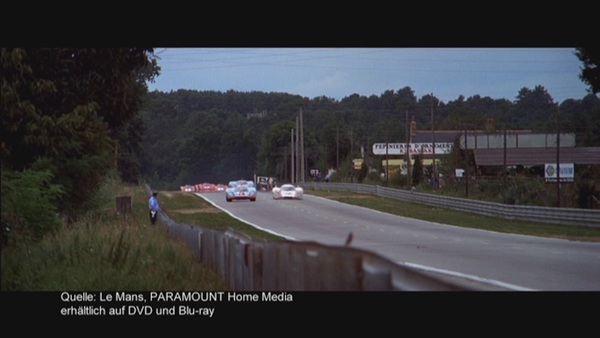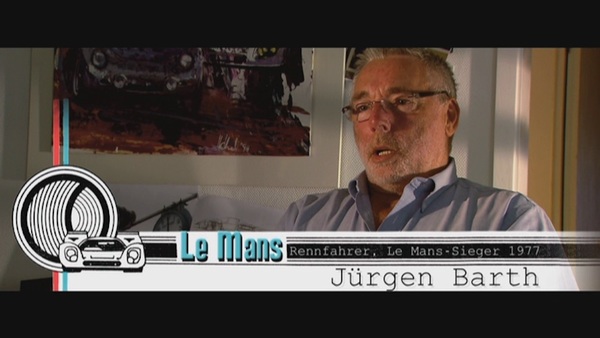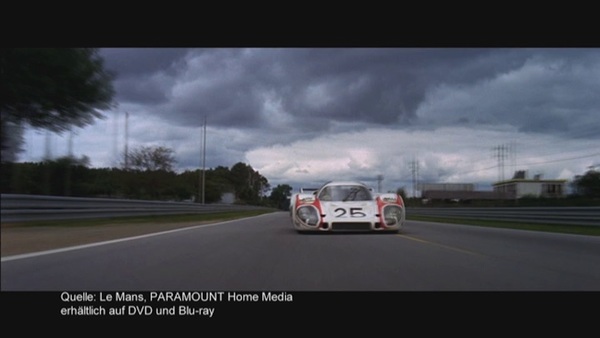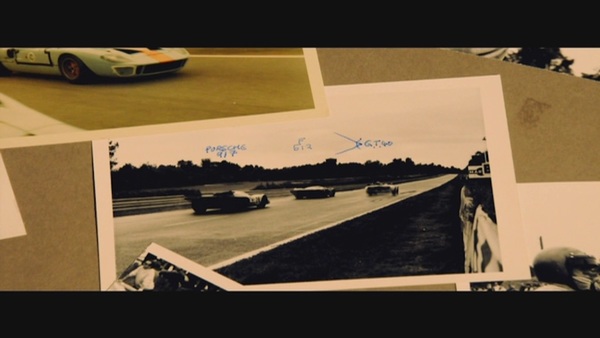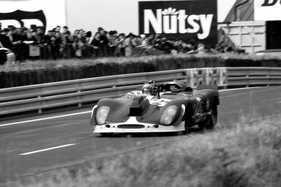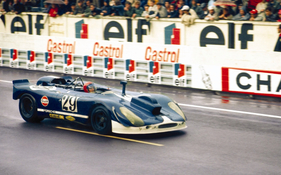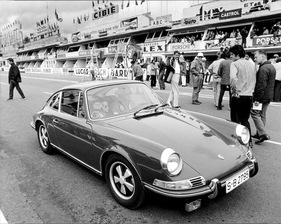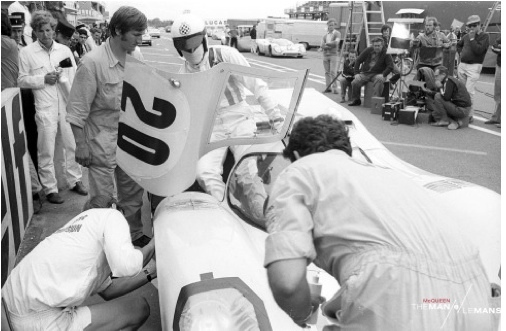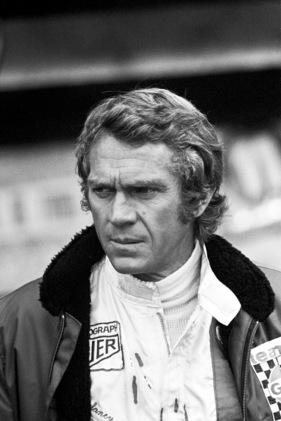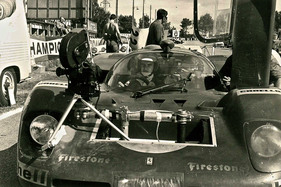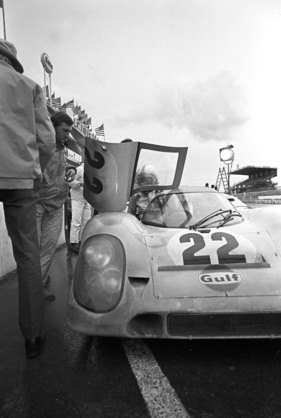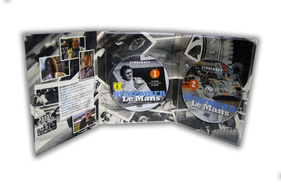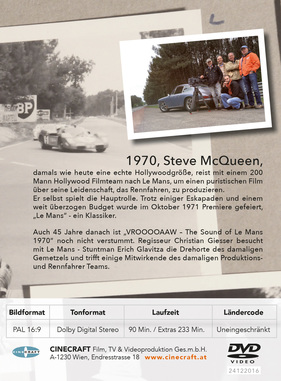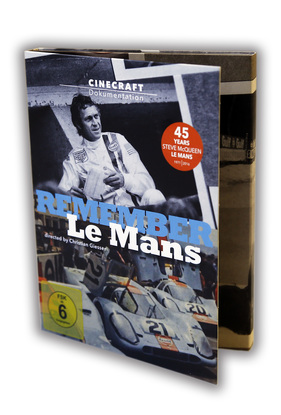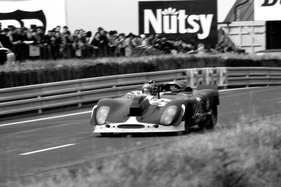The 24 Hours of Le Mans began in 1923 and since then, apart from a few years during the Second World War, the event has been held every year in the 24th week of the year, with the endurance event gaining in magic and attention from year to year.
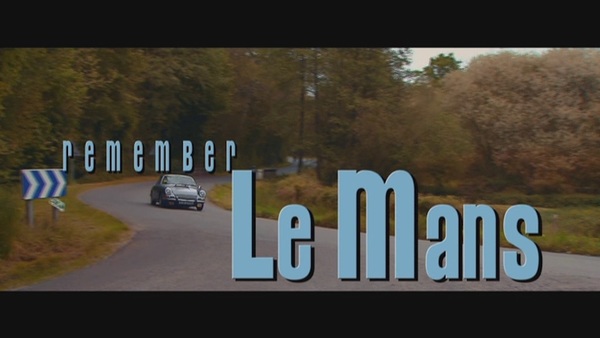
Steve McQueen also fell under the spell of the endurance classic, he was considered one of the most box office movie actors in the 60s and 70s and was famous for his roles in "The Magnificent Seven" and "Bullitt".
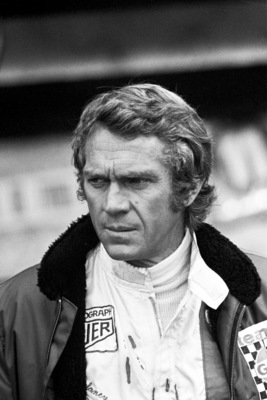
Like his colleagues James Dean, Paul Newman and James Garner, McQueen was an enthusiastic motor sportsman. In 1970, he finished second in the 12 Hours of Sebring in a Porsche 908/02, not least thanks to his team colleague Peter Revson and the retirements of many of his rivals. However, his participation in the 1970 24 Hours of Le Mans in a Porsche 917 together with Jackie Stewart was rejected. However, McQueen was allowed to have his participating Porsche 908 shoot authentic racing scenes for the film Le Mans, which he produced.
45 years later, Christian Giesser devotes himself to this film, taking a look behind the scenes thanks to new interviews with film participants of the time and newly discovered archive footage. What the viewer learns during the film and above all during the four hours of additional interviews on a separate DVD is truly unique and extremely amusing.
Seven million dollars and 200 men
1970: Steve McQueen, then as now a true Hollywood great, travels to Le Mans with a 200-strong Hollywood film crew and 7 million dollars in his pocket to produce a purist film about his passion - racing. He was supported on location by 40 racing drivers and 2 stuntmen. He himself plays the leading role in the Porsche 917 versus Ferrari 512S duel. The film was not a success with the public due to the meagre plot and little dialog, but for motorsport fans the feature film "Le Mans" is as much a legend today as the race itself.
Absolute authenticity
Steve McQueen didn't think much of special effects, everything was to be shot as authentically as possible. All the vehicles in the film sequences were therefore driven under normal racing conditions, i.e. at full throttle. To avoid wasting expensive vehicles for the accident sequences, a Lola chassis was used on which either a Porsche or a Ferrari body was mounted.
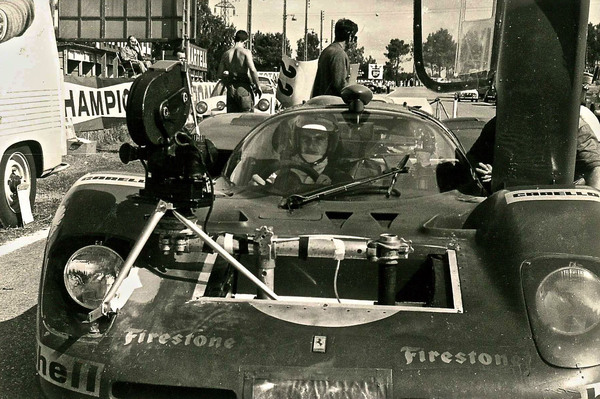
Many sequences were filmed during the real 24-hour race. The production manager at the time clearly remembers that it was not easy to get this vehicle with a camera to the starting line, especially as it had to meet the same requirements as a real racing car. However, after a long back and forth with the insurance company and the organizer, the film team still managed to get the car to the starting line: so if you see a photo of a Porsche 908/2 with starting number 29, then this was the camera car from Team Solar Productions.
Herbert Linge as racing driver and cameraman
The exciting film documentary by Christian Giesser is a varied interplay between historical film sequences and interviews recorded today, in which crew members of the time, such as racing driver Herbert Linge, reminisce about those days. Linge tells us that his Porsche #29 was equipped with several cameras and that he himself had to decide whether the front or rear camera should be used.
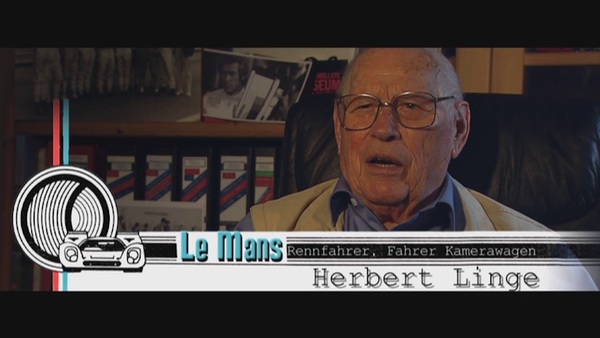
Funny anecdotes are told almost continuously. For example, Linge tells us that Steve McQueen requested a sequence in which the car drove through the Dunlop arch at the exact moment when the sun was shining exactly centered under the arch. This was the case between 5:00 and 5:02 in the morning. Herbert Linge got up very early that day and had exactly one chance to drive under the Dunlop arch at the right time.
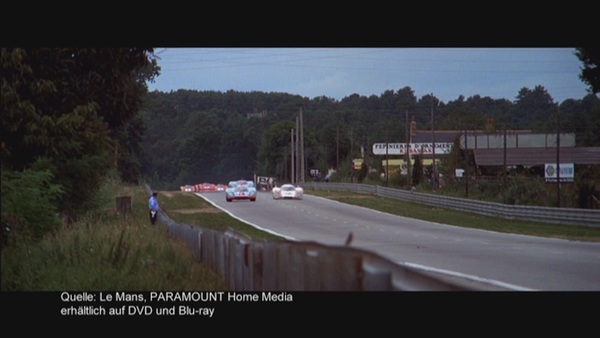
The story of the famous overtaking maneuver on the Hunaudières is also impressive. McQueen wanted to film the overtaking from the side of the road, so the drivers were left with a 70-metre stretch of road where the overtaking had to take place, at maximum speeds of 370 km/h. After the third unsuccessful attempt, Herbert Linge asked the director if they could drive at a lower speed, so that he would have had more thrust to make corrections during the approach, so that it would be safe in the 70 meters. Steve McQueen said no, it would have to be done under full load.
They would have spent a whole day filming that sequence, which ultimately only lasted a few seconds in the movie!
Searching for clues with stuntman Glavitza
As a viewer, you sit together with director Giesser in the Porsche 911 of Erich Glavitza, one of the two stuntmen used.
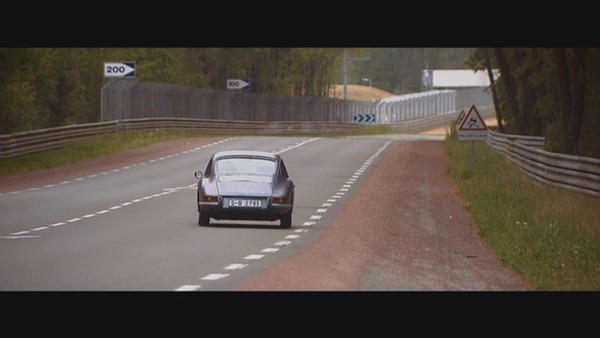
You drive along today's race track, Glavitza stops at some places and remembers the filming days and explains on location what happened. A successful documentary about the making of the Le Mans classic.
Endless anecdotes
The comments about the planning on site are also interesting to hear. Apparently there was no script. Often (or usually) the actors did not know what would be filmed the next day. The so-called call sheet, which should have described who had to be where and when, was often filled with "t.b.d." (to be defined, i.e. "still to be defined").
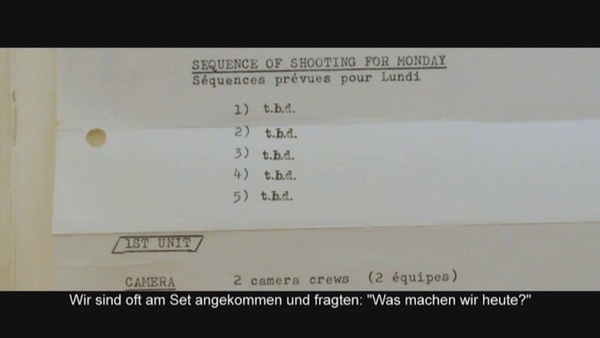
The actors from the former production team, such as US film producer Peter Samuelson, Porsche legend Willi Kauhsen and Jürgen Barth, as well as production assistant Dr. Christian Riml and second stuntman Peter Huber, also have their say. The best way to find out what stories they evoke from their memories is to watch the movie yourself.
Technical data
- Order DVD from Rally Web Shop, Amazon
- Format: PAL DVD
- Picture format: 16:9
- Sound format: 2.0 Dolby Digital
- Region code: 0 - All regions
- Running time: 90 minutes main movie + 233 minutes bonus material (interviews)
- Language: German
- EUR 29.90
